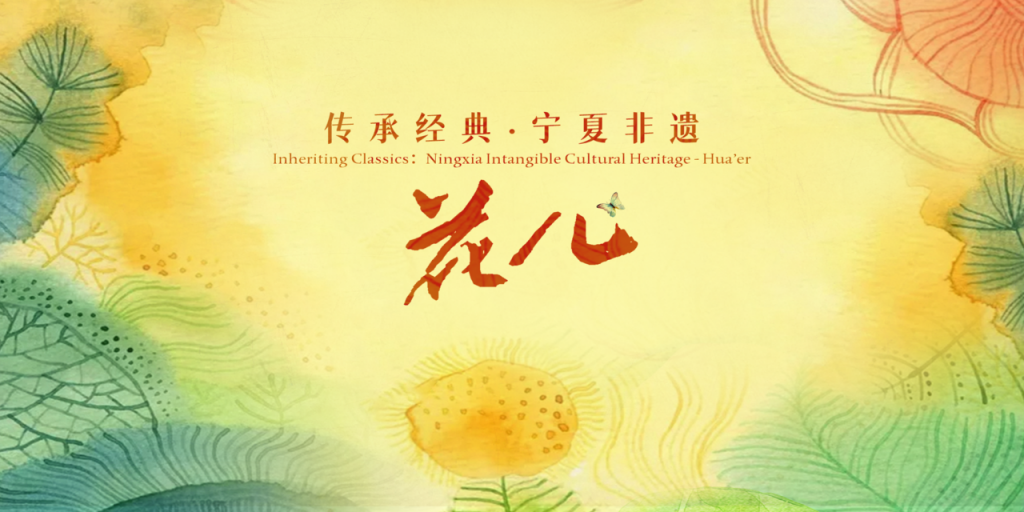The hua’er music of Ningxia Hui Autonomous Region
The hua’er music of Ningxia Hui Autonomous Region
The hua’er music of Ningxia Hui Autonomous Region has its roots in the hardworking life of the people of the Mount Liupan area. The beautiful, exquisite melodies expressing heartfelt sentiments are tinged with an earthy aroma. Known as the ‘soul of China’s northwest’ , hua’er evokes a sense of romance. Its long history is testament to its enduring popularity.
Hua’er: A Roaming Song Blooming on a Barren Land
Hua’er is a unique type of folk music. It’s known as the “soul of the northwest” and evokes a sense of romance that’s lost in bitterness. Ma Fengshan belongs to the post-70s generation. He has had a career in sales, served as a village head, and worked on construction sites, as a driver, and planting trees. For him, Hua’er is “Manhua’er”. Singers roam the mountains seeking inspiration. On this dry and cracked yellow land a green hill can become the subject of a Manhua’er song. It’s something that blooms in a barren existence.
Singing Hua’er as a Return to Hills and Clouds
Ma Yan, just turning 20, prefers to sing in the natural environment. He has unique feelings singing Hua’er at the foot of Helan Mountain. His songs come out of the universe and resemble poetry. So he sings as a return to the green hills and white clouds.
The Voice of the Yellow River Basin
Su Yang, from Yinchuan in western China, is a leading contemporary Chinese musician and artist. His music is the voice of the Yellow River Basin. In describing the harshness and inhospitality of the yellow earth, it exudes a rough type of poetry. Over the past two decades he has developed a unique musical language for communicating with the world that combines traditional Chinese music, such as Hua’er and Qin Opera, with modern Western music. This new musical language spans not only time and space, but also language and race.


